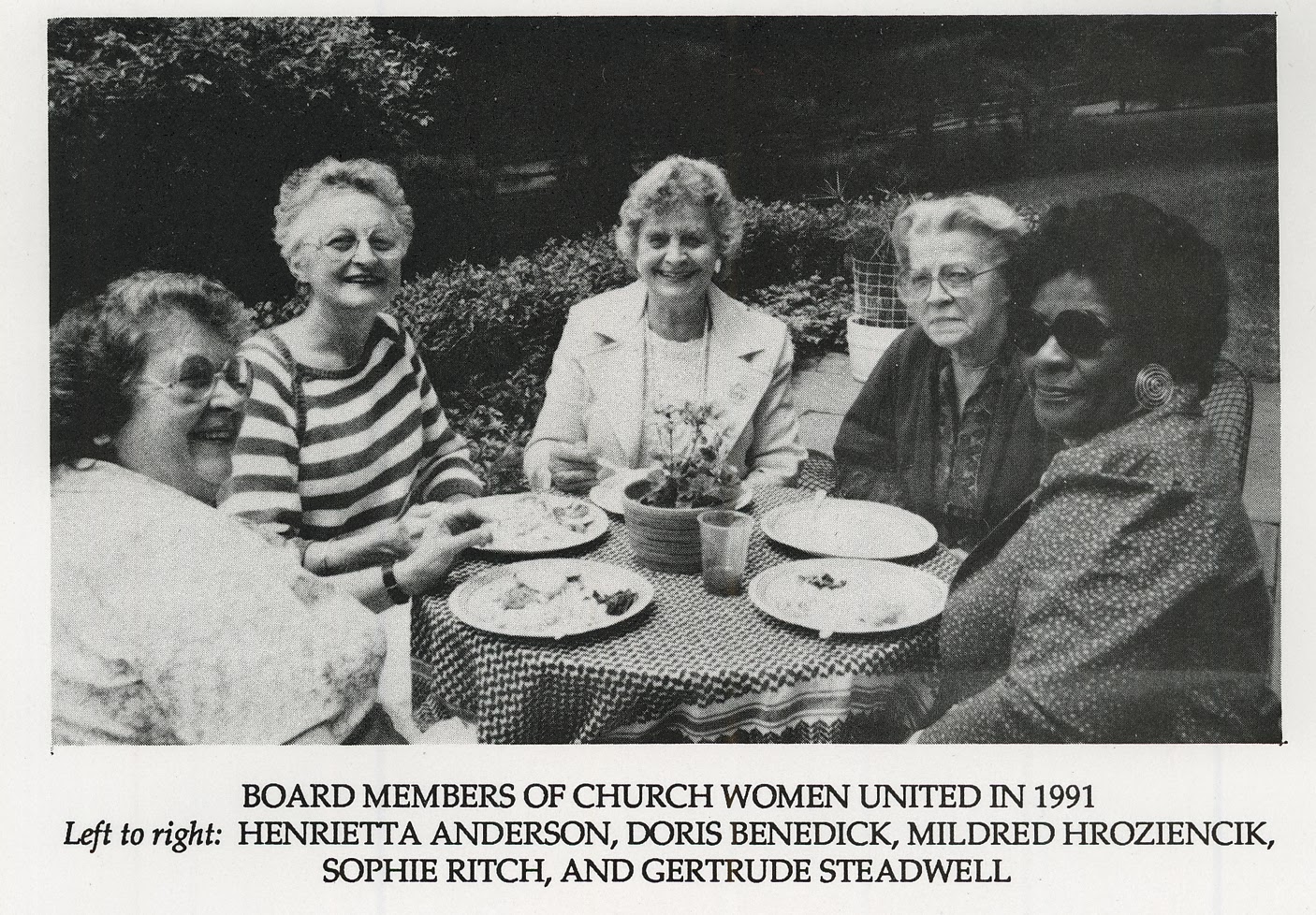To mark the 100th
anniversary of the passage of the Nineteenth Amendment, August 18, 2020, giving
women the right to vote, student writer for the Greenwich Library Oral History
Project, Noor Rekhi, a senior at
Greenwich Academy, draws from four interviews with Greenwich descendants of
suffragist Elizabeth Cady Stanton. John Barney and his sister, Rhoda Barney-Jenkins, were interviewed
by volunteer Penny Bott Haughwout in
1974. Catherine Stanton was
interviewed by volunteer Donna H.Kavee
in 1982, and Coline Jenkins was
interviewed by volunteer Patricia Holch
in 1997.
This month, the Oral History Project dedicates its blog to Elizabeth Cady Stanton and her descendants. While Stanton lived in New York State, many of her descendants lived or currently live in Greenwich. Through interviews conducted with John Barney, Rhoda Barney Jenkins, Catherine Stanton, and Coline Jenkins, the Oral History Project has learned more about the Stanton family and their strong ties to the advocacy of feminism.
Although Elizabeth Cady Stanton, born in 1815, did not live to see the passage of the 19th Amendment in 1920, she was arguably one of the most famous suffragists in American history. Coline Jenkins recounted her great-great grandmother’s legacy saying, “She and other women rewrote the Declaration of Independence. Their document was named the Declaration of Sentiments and was a list of grievances against the male-dominated society. There was a radical part of her document. The radical part was that women should vote; and she believed that, through the vote, women could gain other rights. She felt these rights were inherent to being a citizen of America, despite the gender of the citizen. She’s a central character in our family.”
 |
| Elizabeth Cady Stanton with her son Henry Brewster Stanton Jr., circa 1855. Photo courtesy: Coline Jenkins |
Central character she was. Her descendants have made efforts
to preserve her history and carry on her efforts. Rhoda Barney Jenkins, great granddaughter of
Stanton, was herself an advocate for the Equal Rights Amendment and a member of
the National Organization for Women. A resident of Greenwich when interviewed
in 1974, she shed light on the background of the family going back to Margaret
Livingston Cady, Elizabeth Cady Stanton’s mother. The daughter of a
Revolutionary War colonel, Margaret was born with a fervor to stand up for what
was right. Jenkins fondly recounted a family story in which Margaret cleverly
managed to ensure that women would have the opportunity to get their votes
counted in the election of their new minister. It is highly plausible to
suggest that Margaret’s spirit may have been passed on to Elizabeth Cady
Stanton, who would in turn inspire other generations of Stanton women.
 |
Rhoda Barney Jenkins, accompanied by her grandson, Eric Jenkins-Sahlin, voting at Julian Curtiss School, circa 2000. Photo courtesy: Coline Jenkins |
Elizabeth Cady Stanton’s daughter Harriet Stanton Blatch played an active role in the movement her mother ignited. Blatch was a powerful feminist in her own right and was instrumental in organizing the first suffrage parade in New York City. Her work helped lead to the passage of the 19th Amendment. Blatch’s daughter, Greenwich resident Nora Stanton Barney, paved the way for other women as well. She was one of the first female civil engineers in America, graduating from Cornell in 1905, despite the lack of acceptance from her male peers. Even though she was purposely excluded from a class yearbook photo with her fellow engineer graduates, she received her degree and came in second in her class. At Cornell, she founded the University’s suffrage club. Undoubtedly, Nora Stanton Barney was an impressive figure. She was even invited to the British Parliament’s visitors’ box, although the invitation was retracted when she informed the State Department of her plan to shout, “Votes for Women!” in solidarity with British feminists.
Most recently, Coline Jenkins, Greenwich resident and RTM
member, helped preserve Elizabeth Cady Stanton’s legacy and ensure suffragists maintain
their place in history. In 1921, a statue of Elizabeth Cady Stanton, Lucretia
Mott, and Susan B. Anthony was relegated to the crypt beneath the U.S. Capitol Rotunda
in Washington, D.C., days after its dedication. It remained there until the
1990s when a Woman Suffrage Statue
committee was formed to return it to its place in the Rotunda, “the centerpiece
of American democracy,” as described by Jenkins. Jenkins helped create the
documentary An American Revolution: Women
Take Their Place about the moving of the statue. Elizabeth Cady Stanton
helped secure the right of women to vote and Coline Jenkins helped ensure that
her ancestor would still have a voice today.
As we reflect on the anniversary of the 19th
Amendment, it is imperative that we recognize Stanton and the generations of
women after her who campaigned for women’s rights. When you cast your ballot
this November, remember all the people who persevered so that every American
woman could vote.
Reflecting on Stanton’s work, Rhoda Barney Jenkins
remarked,” I really would have liked to have known Elizabeth Cady Stanton. You
know, the more you read of what she’s written, the more you respect how deeply
she thought about things and how elegantly she put it, and this tremendous
amount of work that she did, too. It’s just incredible.” Although Stanton lived
over a century ago, we do get to know her. We know her through the progress she
has made for women in our society and through the oral histories preserved for
generations to come.
The John Barney, Rhoda Barney-Jenkins, Catherine Stanton, and Coline Jenkins interview Transcripts may be read at Greenwich Library and are available for purchase at the Oral History Project office. The Oral History Project is sponsored by the Friends of the Greenwich Library. Visit the OHP website at glohistory.org. Mary Jacobson, OHP blog editor












